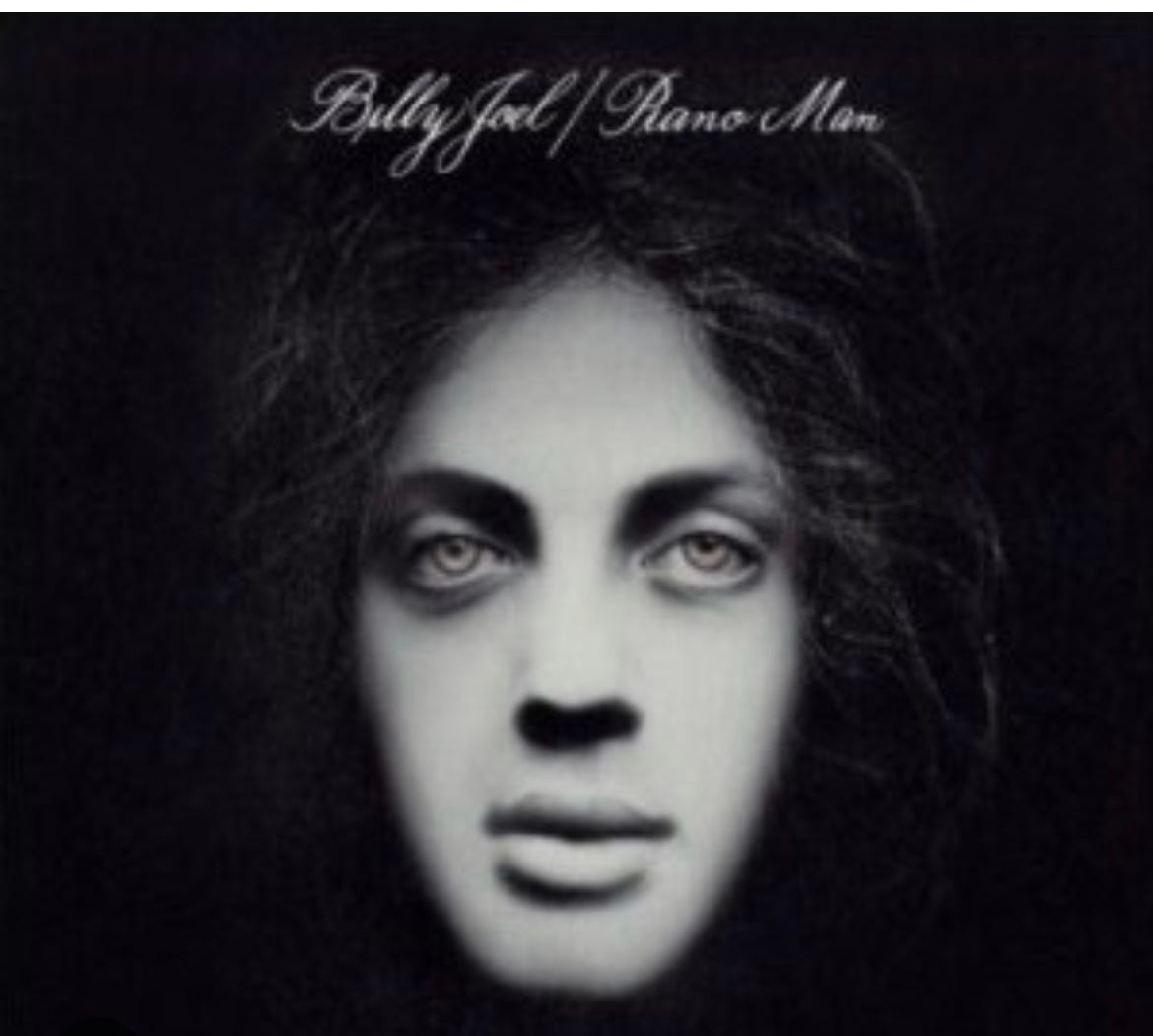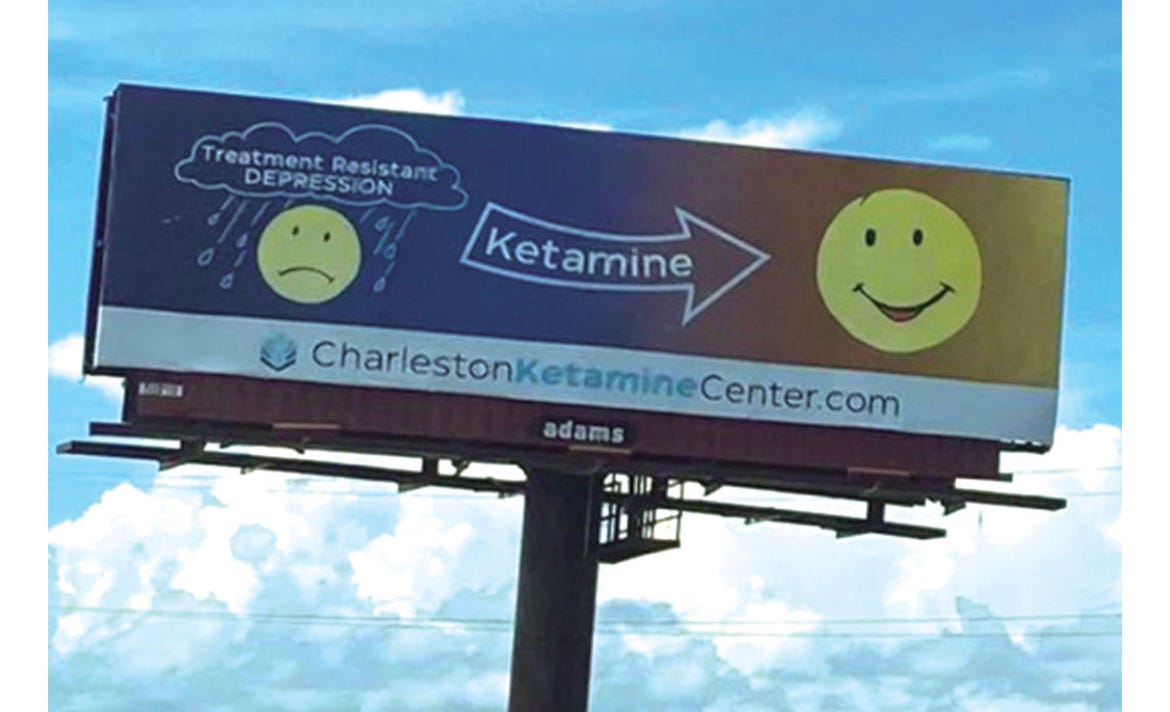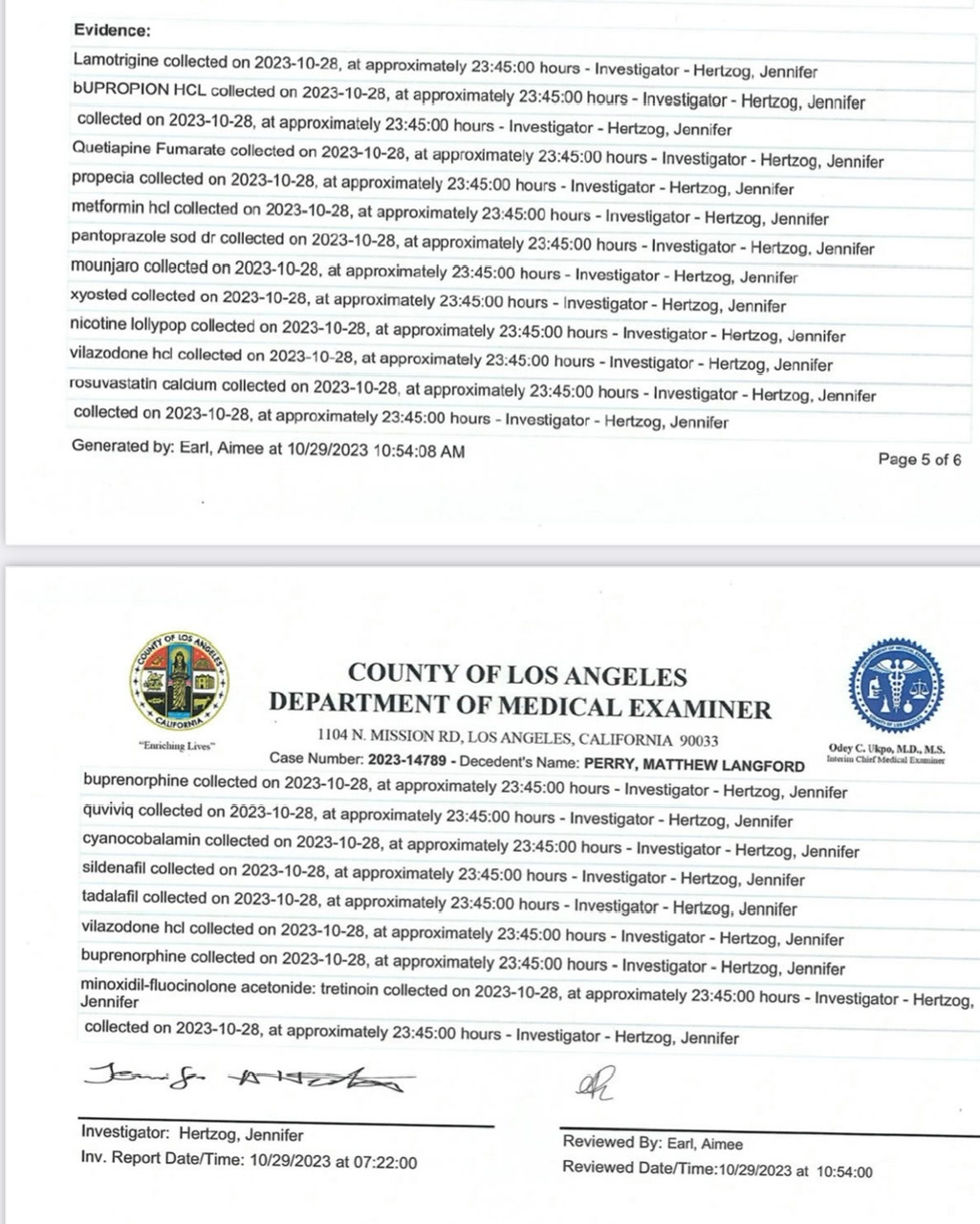A pill (or infusion) for every ill. And we have so many ills these days.

DEC 16, 2023
California sober.
If you haven’t heard the phrase before, “California sober” is a clever way to say, I’ve quit drinking or using drugs, but I still smoke pot. Because cannabis doesn’t count. Cannabis is medicine. Occasionally people who use the phrase extend it even further, usually to psychedelics.
To be California sober, you see, is not to be sober at all.
I kept thinking about California sobriety as I read Matthew Perry’s autopsy report, a tragic and depressing glimpse into the way far too Americans live now.
(To learn why I think Matthew Perry’s relationship with drugs and doctors offers hard lessons not just for recovering addicts but for all of us, subscribe.)
Matthew Langford Perry, who played Chandler Bing on the hit NBC sitcom Friends, was found dead in a jacuzzi at his home in Los Angeles on Sat., Oct. 28. Yesterday, the Los Angeles County Medical Examiner’s department released Perry’s autopsy report, available online with minimal redactions.
(An aside: I firmly believe autopsies should be public. As a 19th century English judge wrote in explaining why families of the dead cannot sue for defamation against them, The dead have no rights and can suffer no wrongs. But maybe they can help the living learn from their mistakes.)
Perry was a quintessential Californian man-child, though he was born in Massachusetts in 1969, spent much of his childhood in Canada, and gained his fame thanks to a television show set in Manhattan.
Friends started in 1994, when Perry was only 25, and was an immediate and huge hit in a way hard even to imagine in today’s fractured cultural landscape. By the late 1990s, all six of the Friends had fame and fortune.
After the show ended in 2004, the other actors all eventually managed to escape their youth and move forward with their lives. Not Perry. He was one of Hollywood’s most desirable single men but never seemed close to settling down. He was forever Chandler Bing, clever, unreachable Chandler. To quote Billy Joel: He’s quick with a joke or to light up your smoke/But there’s some place that he’d rather be.
—
(We’ll talk about Paul the real-estate novelist another time)

—
Perry filled the void, or tried to, with drugs and alcohol.
He had a huge appetite for opioids in particular. As he explained in his 2022 memoir, he spent most of his life either using, recovering, or fighting to stay sober. He went to rehab 15 times. His career slowly faded, though he was too big a star for it to end completely, especially after Netflix introduced a new generation to Friends.
Judging A-list celebrities from the outside is a fool’s game. But Perry seems to have been a good guy with a terrible drug problem. Notably, despite his decades of inebriation and bachelorhood, no stories about him came out during the MeToo years. The other five Friends seem genuinely gutted by his death.
His celebrity, his money, and his charm protected him from the legal consequences of drug use, but they couldn’t stop his body from rebelling. In 2018, he nearly died when his Oxycontin addiction caused his colon to rupture; he required 14 surgeries and five months of hospitalization.
—
Then Perry got sober.
Sort of.
The autopsy report explains in its first paragraph that Perry was “reportedly clean for 19 months.” But later in the same paragraph it explains he “was on ketamine infusion therapy.”
Ketamine is a powerful anesthetic generally used to sedate children and animals. (Among its street names is “horse tranquilizer,” because, well, it’s a horse tranquilizer.) It is generally considered a dissociative, meaning it causes users to feel they have left their bodies.
But it can have hallucinatory and euphoric effects too. It is commonly found at raves and clubs where users want to heighten their experiences. And it is addictive, though not as addictive as opioids.
“It’s just a very strange drug — the strangest drug,” a researcher told New York Magazine in 2019. (Someone I know who has used just about every drug once told me ketamine had the most powerful effects on him.)
Lately, ketamine “therapy” has taken off in the United States. A Website called “Get Joyous” offers to deliver ketamine lozenges for $129 a month – no commitment! Billboards advertising it loom over major cities.
Ketamine’s advocates point to studies showing it is a fast-acting treatment for depression. “Following the excitement and hype surrounding ketamine’s fast-acting antidepressant effects, numerous private clinics started offering ketamine, sometimes in a repeated manner,” researchers wrote in 2018. “The safety of such repeated ketamine infusions has not been fully investigated in large clinical and well-powered studies.”
But because the Food and Drug Administration has approved ketamine for human use, physicians are free to prescribe it as they see fit (a rule that applies to every approved drug, except maybe ivermectin, but that’s also a story for another day).
—
(A hit of horse tranquilizer will turn that frown upside down!)

—
And ketamine therapy is very profitable. (Treatments advertised on billboards tend to be.) The price for a single 45-minute infusion in a doctor’s office is usually in the range of $1,000 to $1,500, cash or bard upfront, please.
Of course, the price was no problem for Perry.
For a while he was receiving ketamine infusions every other day, according to the autopsy report. That’s a lot of horse tranquilizer. Even the drug’s biggest advocates don’t recommend dosing on that schedule for more than two weeks.
In his memoir, Perry wrote that ketamine “has my name written all over it,” that he usually used it while blindfolded, and that taking it “is like being hit in the head with a giant happy shovel,” though he did not like the hangovers that followed.
In other words, Perry was using ketamine for a short-term high, knowing that he would crash afterwards – just as he had previously used opioids.
About six months before he died he switched doctors to one who tried to lessen his dependence on ketamine, telling him he didn’t need infusions every other day. His last in-office hit was about 10 days before he died.
By then the drug had its hooks in Perry. We will probably never know where he got the dose that killed him, but the medical examiner found residue in his stomach, indicating he’d ingested it.
—
The description of Perry as “clean” seems to refer mainly to his opioid use. Yet even that isn’t true.
At the time of his death, Perry was taking buprenorphine – “bupe” — an opioid sold by prescription. Like methadone, its poorer cousin, bupe is relatively weak but long-lasting.
The goal of bupe is not to get a user clean, but clean enough. Clean enough to function, clean enough that he won’t chase heroin or fentanyl and potentially overdose.
Physicians and drug advocacy groups euphemistically refer to this form of doctor-prescribed addiction as “medication-assisted treatment” and point out people on it are less likely to overdose than those who try to go cold turkey. True, and a good reason to keep buprenorphine in the medical arsenal.
Yet bupe – like methadone – cannot help but feel like a surrender to the idea of opioids. You can’t live without them, and we’re not even going to ask you to try.
In fact, the autopsy report shows that Perry was taking “30 mg” of buprenorphine (probably 32 milligrams/day, the maximum dose except under unusual circumstances, but unsurprising given his long addiction history) and that he was “hoping to be weaned down.”
But that wasn’t all.
The autopsy also mentions in passing that Perry was found to have lorazepam (Ativan) and a close chemical relative of clonazepam (Klonopin) in his blood. Ativan and Klonopin are both “benzos” – benzodiazepines, potent anti-anxiety drugs that also produce euphoria and are highly addictive.
—
So. Aside from the ketamine infusions, the bupe, the Ativan and Klonopin, and the nicotine vapes and lozenges, Perry was stone-cold sober.
California sober.
On top of that, detectives found a veritable pharmacopia when they searched Perry’s house.
The 20 drugs listed below include a statin and metformin, given for diabetes, as well as an antidepressant, a second antidepressant that doubles as anti-smoking medicine, a mood stabilizer, and an antipsychotic medicine that is often given as an anti-anxiety treatment.
Plus what might be called lifestyle medicines: generic Viagra and Cialis, the hair regrowth drug minoxidil, and testosterone – which Perry’s assistant said had been making him “angry and mean” in recent weeks.

—
None of this is meant to judge Perry.
Several of his prescriptions were medically necessary by any standard. Men have tried to reverse the effects of aging and keep themselves potent long before Viagra or prescription testosterone existed. And Perry clearly knew how destructive opioids were for him and wanted to avoid them.
But what the laundry list above shows is just how deeply Perry and the physicians who treated him had internalized the better-living-through-chemistry mantra that our pharmaceutical industry so successfully markets.
No wonder he and the people around him defined sobriety so loosely.
And no wonder he was so far from truly shaking his dependence on drugs when ketamine finally killed him.
We can use the law to prevent people from poisoning others, but decades of experience has demonstrated the physical reality that you cannot use the law to prevent people from poisoning themselves.
Prohibition is, and has always been an abject failure, creating lucrative businesses for criminals.
LikeLike
And, of course, the reality may well be that he died of a v-induced stroke (or other v-induced issue), which would surely be shrouded by the media.
LikeLiked by 1 person